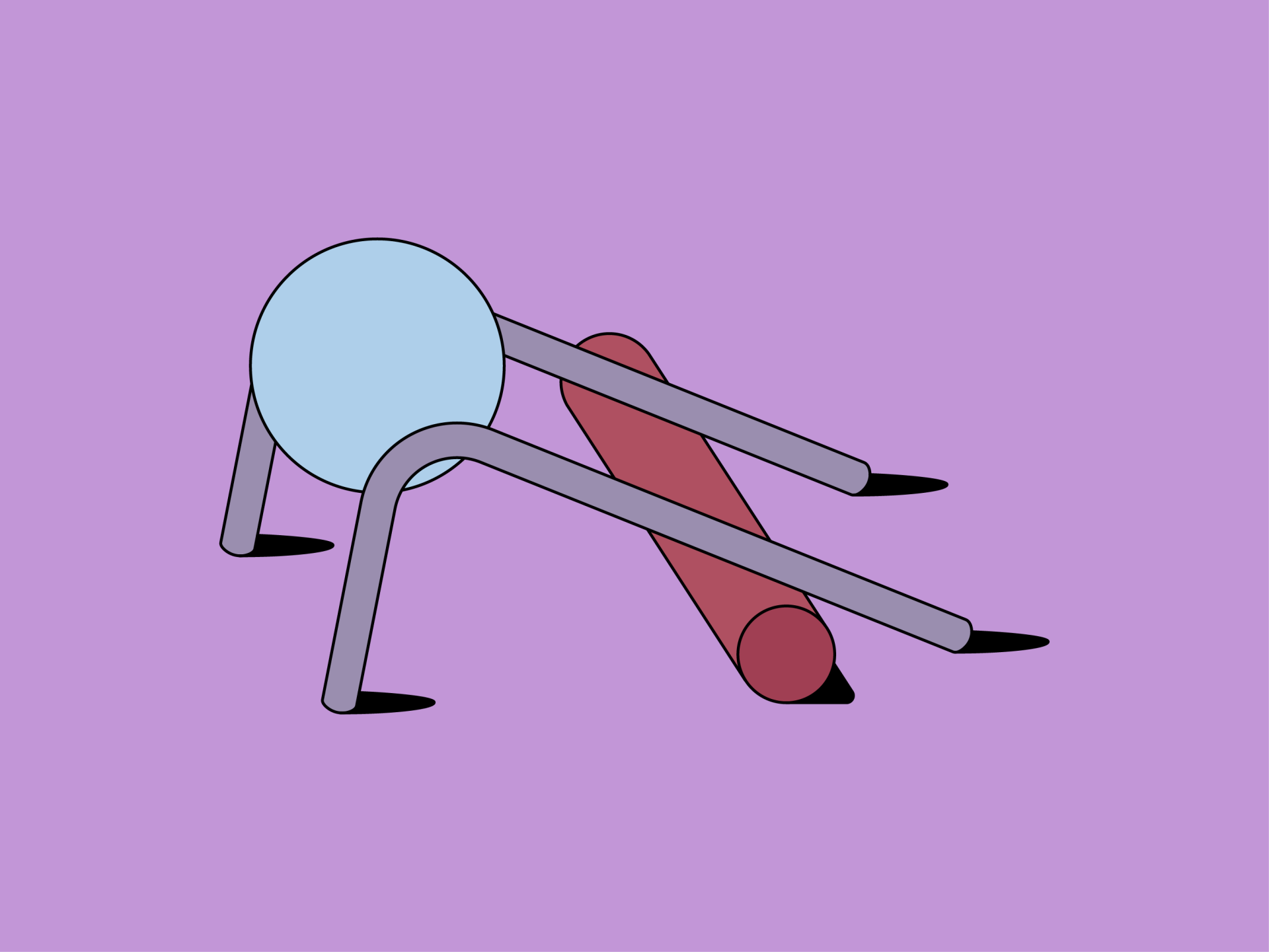Sign up to stay in the loop on new styles and sales!
Sign up to stay in the loop on new styles and sales!
#personal-essay
Does Your Vagina Need Physical Therapy?
voices
·5 min read

by Leah Campbell | 10/23/2019
“So… you’re writing me a prescription for orgasms?” I said skeptically to my surgeon as he handed me that little piece of paper.
He laughed. “No. I’m writing you a prescription for pelvic floor therapy.”
I hadn’t realized my vagina was something that needed therapy.
I was just days out from what had been my fifth major abdominal surgery for endometriosis, a condition that involves uterine tissue implanting (and frequently shedding, causing scar tissue and pain) outside the uterus. This surgeon was one I had travelled thousands of miles to see; an expert in his field, and the man who eventually gave me my life back.
For three years, I had been dealing with increasing levels of excruciating pain. Endometriosis had ruined my sex life, forced me into continuous absences from work, and taken away my ability to enjoy everything from a wine night with friends to hiking on a beautiful day.
But I was promised that this surgery would change all that. Six hours of highly specialized excision techniques later, I woke up feeling like I’d been hit by a bus, but I was hopeful for the future. Only, here was my surgeon telling me I needed something more.
“You’ve been clenching down in pain for three years,” he explained. “The muscles of your vagina work just like the muscles anywhere else in your body; that much clenching has caused them to spasm at the slightest touch. You’re going to continue to have pain until you deal with that.”
He felt confident pelvic floor therapy was the answer.
According to University of Chicago Medicine, almost 25 percent of women suffer from pelvic floor disorders, not just those of us with endometriosis. Childbirth can cause problems as well, although usually the opposite of what I was dealing with. While I was suffering from extreme muscle clenching and spasms, childbirth can weaken those muscles, leading to fun symptoms like urinary and fecal incontinence. Pelvic floor therapy can help in both cases.
The way my doctor explained it to me, pelvic floor therapy works just like physical therapy might for any other muscle of the body. Sometimes I’d be expected to perform various exercises, and sometimes my therapist would manipulate those muscles into submission for me.
I went into that first appointment anxious, completely unsure of what to expect. And a little worried that my therapist would have me stripping down right away.
She didn’t. In fact, that first appointment I didn’t get naked at all. She asked me a lot of questions and had me walk around the space. She asked me to stand on one foot and do a few other movements meant to help her see how my body worked. According to her, a messed up pelvic floor can impact everything else. Then she gave me a few exercises to do at home and sent me on my way.
It was the second appointment when things got interesting.
That day, she unwrapped a little contraption that looked suspiciously like a bullet vibrator. Only this one had a chord that came out the bottom and attached to a computer.
“We’re going to play a little game,” she said. “In a second, I’m going to leave the room and you’re going to put on a gown. Then I want you to place this as far up inside you as you’re comfortable with. When I get back in, we’re going to test your vaginal muscles.”
I stared at her blankly.
“It’s going to be fine, I promise,” she said before leaving the room.
She was right, it was fine. The “game” we played involved watching a little dot move across the computer screen. Every time that dot came to various lines on the screen, I was supposed to kegel.
Simple enough, right?
In the end, she pulled up a worksheet that gave a numeric score to the strength of my muscle contractions throughout the game. She compared my scores to what would be considered “normal.”
My resting rate was higher than the strongest kegel on the “normal” chart.
“So, you’re telling me I have the world’s strongest vagina?” I joked. But it turns out, strong vaginas are a problem when you can’t get them to stop exhibiting their strength. Especially when they cease allowing penetration of any kind.
Over the next 12 weeks, I plopped that little bullet back into my vagina at the end of every session. Our goal was to bring my resting rate down to a normal, non-clenched level, and to put an end to my muscle contractions.
Eventually, we accomplished just that. And for the first time in years, sex wasn’t painful.
I’d recommend pelvic floor therapy to anyone experiencing issues with their pelvic floor. My initial embarrassment and discomfort were nothing compared to the relief of regaining a sense of control over those muscles that do so much.
Have you experienced painful sex, bladder leaks, or other pelvic floor issues? What worked for you? Share in our comments section.
Leah Campbell is a writer and editor living in Anchorage, AK. A single mother by choice after a serendipitous series of events led to the adoption of her daughter, Leah is also author of the book Single Infertile Female and has written extensively on the topics of infertility, adoption, and parenting. You can connect with Leah via Facebook, her website, and Twitter.
by Leah Campbell
discover more topics
more from voices

Why We Need to Change the Way We Talk About Periods
by Keeley McNamara, CNM, and Jen Swetzoff
07/17/2023

